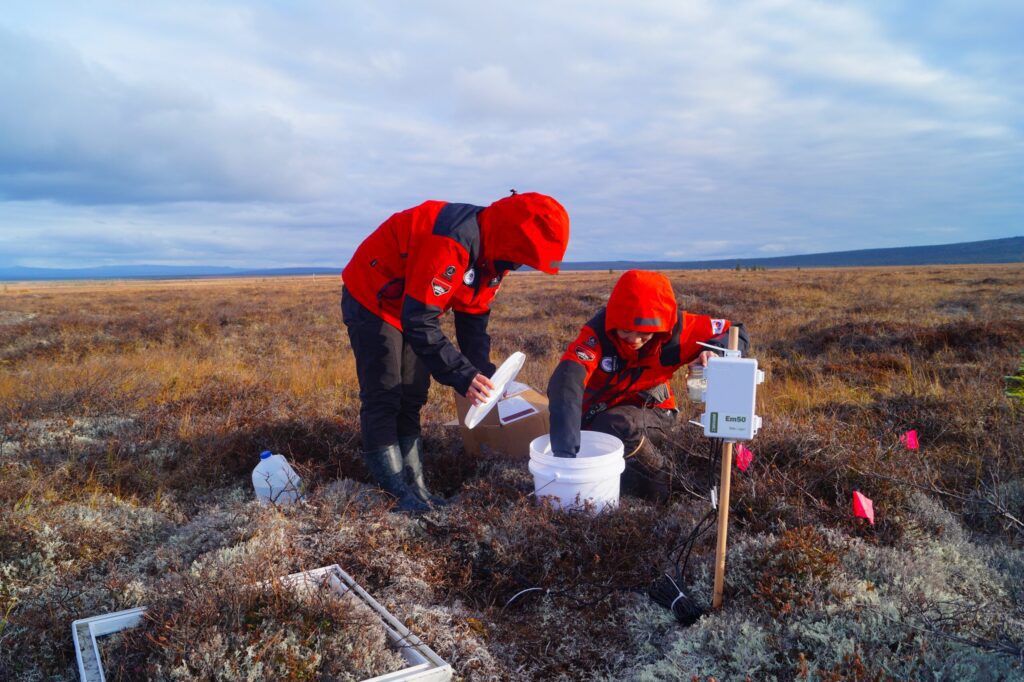Nome, Alaska — There’s new evidence that metal goods from central Asia made their way to Alaska long before contact with Europeans.
That’s according to a study published this month in the Journal of Archeological Science, but there’s still a lot unknown about one artifact in particular.
“The buckle is about three centimeters in length and maybe two to three centimeters wide,” explained Kory Cooper, an archeologist at Purdue University and one of the authors of the study. He’s been working for the past few years with Owen Mason, who was there when the buckle was discovered.
“Near the end of the season, as it always is, one of our excavators came across [a] metal object,” Mason explained.
Mason spends almost every summer at Cape Espenberg in northwest Alaska—one of the oldest inhabited settlements in North America. Mason’s team, also led by archeologist John Hoffecker, has found a handful of other metal artifacts over the years, but he said he knew right away the buckle was unique.
“Cast bronze, which is a very elaborate type of technology, had really never been seen before, so immediately, this piece stood out.”

To cast or to mold metal requires very high temperatures, and, according to Mason, there’s never been any evidence of that in Alaska’s prehistoric settlements.
To be sure, Mason sent the buckle down to Kory Cooper’s lab in Indiana, where Cooper used x-ray technology to confirm traces of tin and lead in the buckle.
“So this is the first time that anybody has found this kind of object that is definitely something that was made by metal-producing cultures,” Cooper said, “most likely somewhere in Eurasia.”
Cooper was also able to confirm the buckle dates back to at least 800 AD, when Cape Espenberg was still a village, but Owen Mason says a lot of questions remain unanswered.
“There’s still a lot of mystery here,” Mason said. “How did something get manufactured in Manchuria or Korea, and how long did it take to make its way to Alaska?”
Mason and his colleagues are still working on those answers. Their efforts are part of a larger project funded by the National Science Foundation’s Office of Polar Programs.
Mason said archeological work at ancient sites like Cape Espenberg is more urgent than ever.
“With the thawing of permafrost, with global change, with climate change, the sites are being subject to thawing and degradation,” Mason explained.
Mason is on his way back up to Cape Espenberg for what he hopes will be another groundbreaker season in the field.







